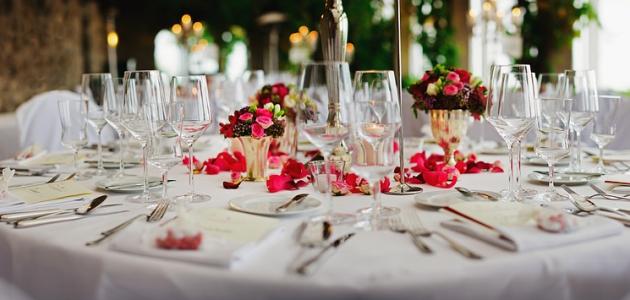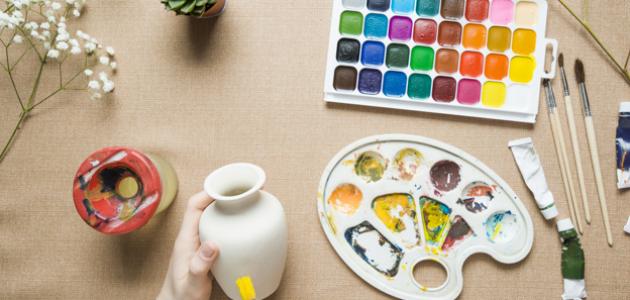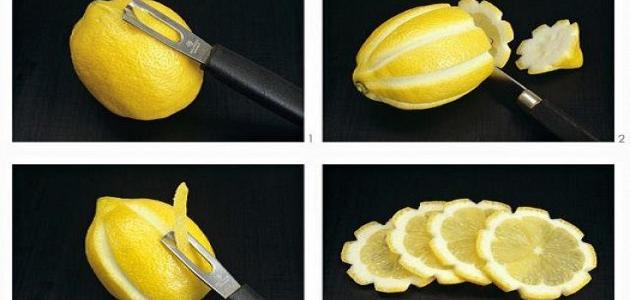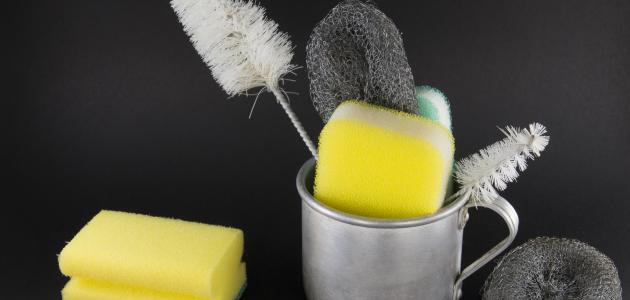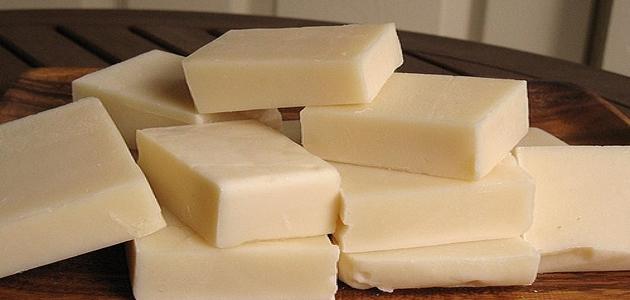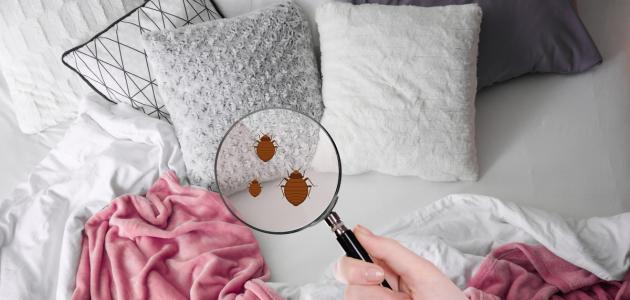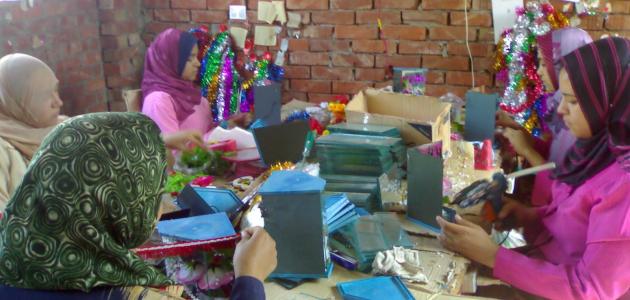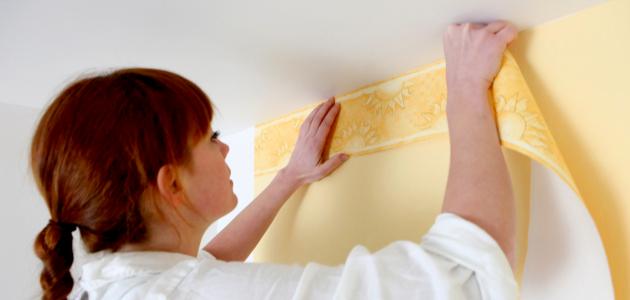Definition of etiquette
Etiquette is defined as the behavioral art of life or the art of dealing with people, and it is an art that includes human activities and the things that control them, and the origin of the term is Western, and it is related to human behavior specifically, and it is concerned with acting wisely in society. It is the science of etiquette of human behavior and cohabitation with people, like other sciences, it has its own rules, and it spreads globally, and the individual shows through etiquette his polite behavior and his good and good qualities with which he deals with members of his society, and this art is considered optional and not obligatory.
The Encyclopedia Britannica defines etiquette as a behavior that helps the individual to harmonize with other individuals and with the environment in which he lives. It also expresses good behavior and tact in dealing with others while taking care to improve relations with them. Others as well, and some think that etiquette is Western behavior that a person tries to imitate in order to appear civilized, but this takes the word away from its true meaning. Social, especially after the world has opened up to each other, where etiquette has become an indispensable social necessity, and conferences and conventions have been held for a long time.
In general, etiquette is an art like the rest of the arts and a self-contained science like all other sciences, and it is the art of respecting the individual for himself and for others, and dealing with them in good and tactful ways. Elegance is also in behavior. As for the etiquette reference, it is the comprehensive human culture that varies slightly from one country to another. The Arabic meanings of the term etiquette include: general taste, social taste, social etiquette, and the ability to act in critical situations with art, which is about controlling social behavior. According to contemporary societal rules, it is also a moral symbol that emanates from within the human being, and expresses the traditions of society.
Read also:How do I learn sewing and detailingEtiquette at the dining table
Some individuals may feel embarrassed when sitting at the dining table with other individuals, especially if the sessions are formal such as meetings and private meetings, but the solution is very simple not to fall into embarrassment, which is to get acquainted with some basic rules for dealing at the dining table, and one of the most important of these rules What follows:
- The invitee should not sit at the table except after a signal from the inviter.
- Not to start eating until after obtaining the signal from the host or hostess, and the signal is to hold the fork, or to wait for the inviter to put the table napkin, so the invitees do the same.
- A person can request something that is not on the dining table, such as bread or ketchup, in a polite manner, but it is inappropriate to request a type of food or dish that does not exist.
- You must relax while eating, as it is not appropriate to lean on the table with your arms.
- It is not recommended to start eating bread.
- When a person asks another to pass the salt shaker, the other person is satisfied with passing it to the person sitting next to him, and from him to the person near him, and so on until it reaches the student, without the person extending his hands in front of the faces of others.
- The table napkin should be placed on the stone, and it is preferable not to spread it completely, so that its layers protect the clothes in the event of spilling soup or any other liquids.
- If solid or sticky foods are spilled on clothes, they can be removed with the tip of a knife or fork, provided that they are clean. In the event that a stain is left on the clothes, the tip of the table napkin can be wetted and the stain wiped until returning home, as well as in the event of liquid spills such as tea or coffee. The customer can ask for a clean cloth or a sponge to absorb the liquid, and help can be requested to provide a temporary cleaning method until they return home.
- When using a salt shaker, a little salt can be taken on the tip of a knife or by using two clean fingers to sprinkle salt on the food, and the salt shaker should not come into contact with the food.
- It is inappropriate to use toothpicks while sitting at the table, but it can be requested and permission to go to the bathroom to use them and brush teeth.
- Hard fruits, such as apples, can be eaten by cutting and eating with hands, while those that contain liquids, such as peaches, are peeled, cut, and eaten with a fork and knife.
- Soup can be drunk in two ways, either from the cup itself after it cools down a bit, or by using a spoon. If the soup is served on a flat plate, the spoon should not touch the plate while eating it.
- It is preferable to eat dessert with a fork or spoon, while ice cream is eaten with a spoon, and if it contains pieces of cake, it is eaten with a fork.
- Salad can be eaten if it contains long leafy vegetable pieces by wrapping it on a fork and eating it, but if the pieces are large, they are cut with a knife and eaten with a fork.
- The bread is cut by hand, and if it is desired to spread the bread with butter, it is not appropriate to carry the bread on the palm of the hand and spread it, and it must also be taken into account that the bread crumbs do not fall into the butter.
- In the case of hot drinks such as tea, it is preferable to leave it to cool down a bit and not to make a sound while drinking it.
- It is preferable to remove the tea bag from the cup after pressing it with a spoon on one side of the cup, and if tea is served with a plate, the spoon and bag can be placed in the plate, but if a plate is not available, an additional plate can be requested to put it in it.
- The smoker must refrain from smoking in social events or at official banquets.
- In the event that smoking is permitted, cigarette butts should not be extinguished in a cup of coffee or tea, or the ashes should be left on the ground.
Table dining etiquette
It is necessary to know the basics of etiquette for eating at the table, in order to avoid embarrassment while eating on occasions, or with a group of people, and among these basics are the following:
Read also:How to widen narrow shoes- Chewing food with mouth closed, lips closed; To prevent the powdered food from flying out, and to reduce the annoying sound of chewing and cutting food.
- Take small bites of food to help keep the mouth closed while chewing.
- Avoid talking while chewing food, and waiting until swallowing.
- Take small sips of food if it is hot. To prevent staining clothes, or the seat, the table.
Etiquette of eating certain foods
It is difficult to eat some foods properly in front of others. Therefore, it is advised to avoid them on social occasions, or to practice how to eat them. Among these foods are the following:
- olives: The olive seed is removed from the mouth using the finger of the hand.
- the soup: The plate is tilted away from the person when eating soup, then the spoon is dipped in a direction far from the person's side.
- chicken: Fingers can be used when eating chicken on a picnic or while eating another regular meal. In social banquets and some special cases, the bone is removed using a fork and knife, while avoiding eating chicken at once.
- spaghetti: A small amount of spaghetti is poured into the dish in front of the person, then the fork is inserted and the spaghetti is wrapped around it until its long ends end, and a spoon can be held against the fork to facilitate the process.
Table etiquette advice
The following are a number of general advice and guidelines on table etiquette:
Read also:How to make a natural body soap- Sending acceptance of the invitation to come to the meal as soon as the invitation is received, which helps the host in planning.
- He took a gift for the host, a nice gesture of inviting him to eat.
- Waiting when you have finished eating until the host signals that the meal is over.
- Wait an hour after you finish eating before leaving.
- Send a thank you letter to the host, containing a positive comment showing gratitude and appreciation.
Catering etiquette
The method of serving food is one of the things that many people may ignore, but serving food has many basics, and the method of serving food differs from one table to another and from one occasion to another, and here are some tips for serving food within the rules of etiquette:
Catering etiquette for small parties
Many people like to gather family and friends on weekends, and in these parties or gatherings it is recommended to provide appetizers of food and meals that are not huge but small meals in addition to a few appetizers, in these gatherings it is preferable to prepare a buffet that contains delicious items and leave self-service to people Those who are present and present among them only for reassurance only, or if one of them desires something special, and the buffet is considered one of the etiquette of these parties because it allows everyone freedom of choice and it also saves a lot of time wasted going from the kitchen to the table.
Table arrangement etiquette on various occasions
Serving food etiquette is a kind of art that the world has excelled in presenting, and here are some rules of etiquette in serving food on the table:
- It is recommended to use comfortable colors to look at food, as we eat food visually before tasting it, and the color wheel can be used to coordinate and arrange colors, sometimes some foods do not allow choosing many colors and coordination, in this case some types of sauces and salads can be used to add colors to the table.
- Allocating a specific table for guests, as this contributes to facilitating the arrangement and coordination process.
- Placing sweets and coffee on the side of the dining table and not on it itself, and sweets and other items that are served after the main meal should not be served until after making sure that the table is well cleaned from the remains of the main meal.
